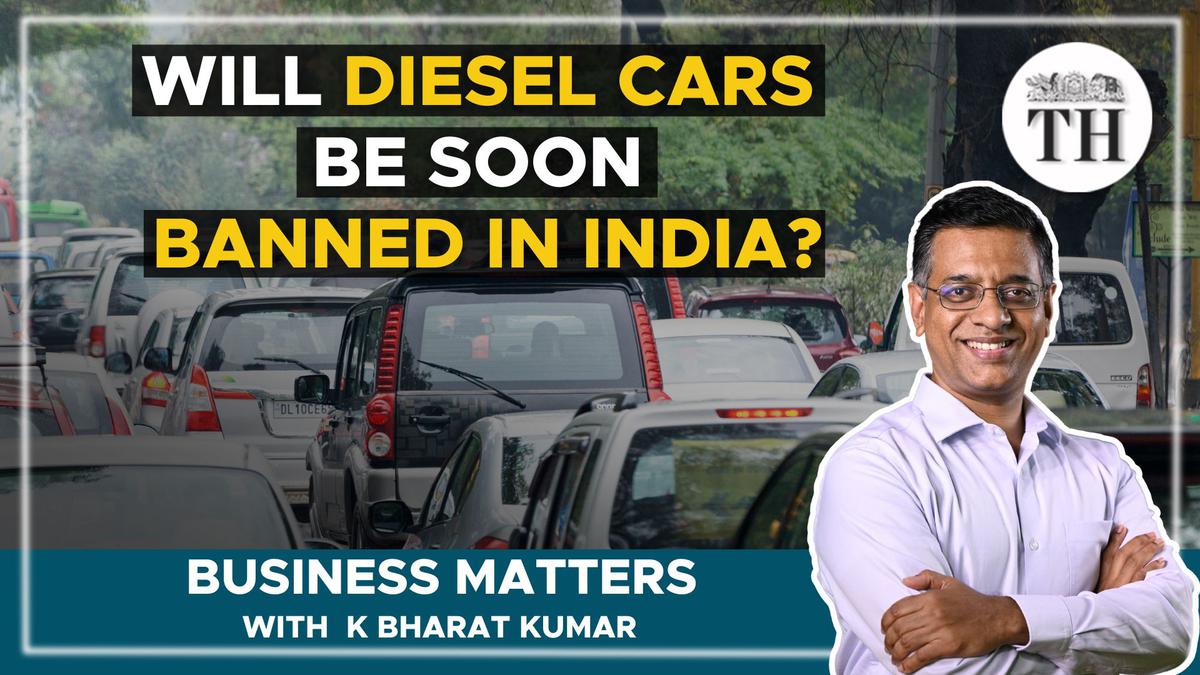
Watch | Business Matters: Why did the government panel think it was time for diesel vehicles to go?
The Hindu
A video on the Indian government’s plan to discourage four-wheel diesel vehicles in the coming years
In a recent report, a government-appointed panel recommended that by 2027, all four-wheeled diesel-powered vehicles should be banned and that consumers must be encouraged to use gas-powered or electric vehicles.
The focus of our country, and every other nation, perhaps, is to go green – and reduce greenhouse gas emissions to help slow climate change. In this context, it is clear that the advisory committee aligned itself to this cause. A Businessline report last month also cited a Sept 2022 report by Automotive Research Association of India (ARAI) that revealed that the transport sector contributes up to 20% of PM 2.5 emissions, a key air pollutant. So it makes sense to move away from fossil fuels.
Here are a few other things the panel has said:
By 2030, no city buses should be added, which are not electric. CNG may continue till 2035, but diesel buses for city transport should not be added from 2024 onwards. Long-distance buses will have to be a mixture of electric with battery swapping and CNG/ LNG
Long-term focus on transitioning to EVs with CNG as transition fuel (up to 10-15 years). Vehicles with flex-fuel capabilities and hybrids may be promoted in the short and medium terms. This can be done through the application of fiscal tools like taxation.
No diesel city buses addition to be allowed in urban areas, to drive towards transition towards clean fuel urban public transport in about 10 years.
The panel stressed extending the FAME-II scheme beyond March 2024.

The Union Budget unveiled on February 1, 2025, has come at a time of unprecedented global uncertainty and a flagging domestic economy. The real GDP growth is estimated at 6.4% for 2024-25 and between 6.3-6.8% for 2025-26, a far cry from >8 percent growth required annually to make India a developed nation by 2047. While much attention has been devoted to the demand stimulus through income tax cuts, not enough is said about the proposed reforms in urban development, tariff rationalisation, and regulatory simplification aimed at making Indian cities and corporates more competitive. Since the majority of economic activity is located in cities (urban areas account for ~55% of GDP) and produced by large corporates (~40% of the national output and 55% of India’s exports), the above-mentioned reforms have a pivotal role in improving India’s trend growth rate. Below we unpack each reform.












